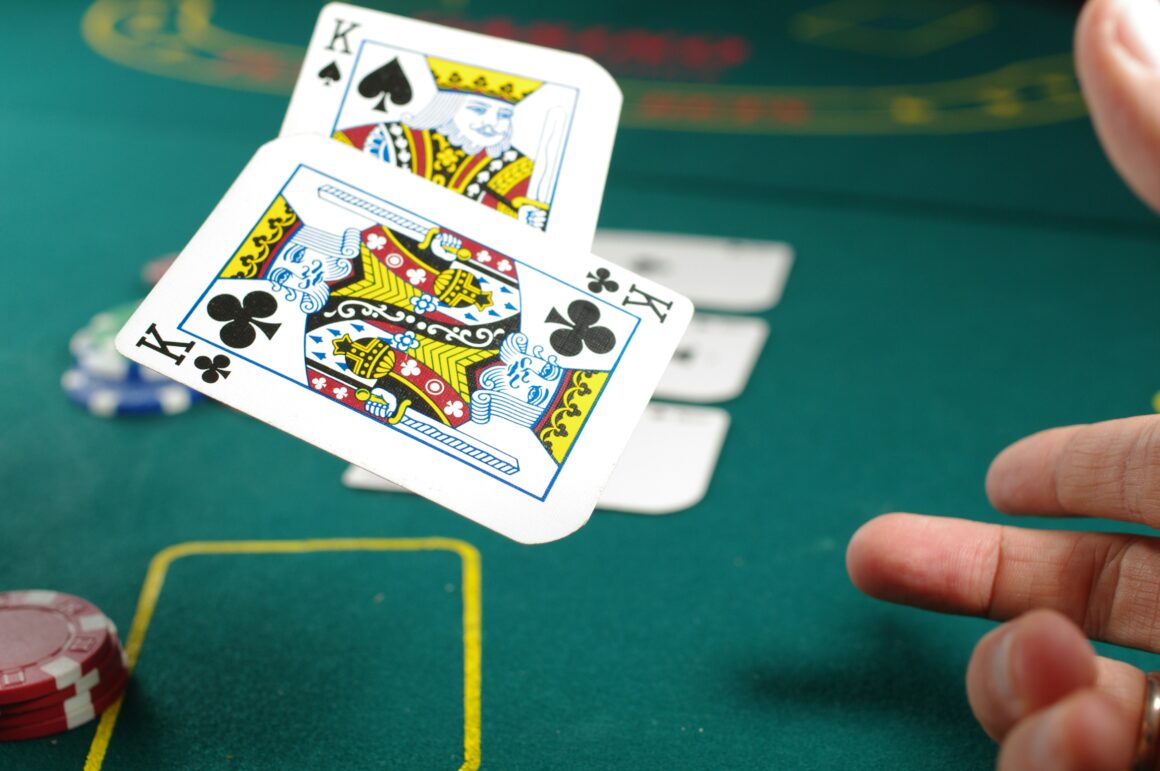
If Barbie was a real woman, her proportions would make it impossible to live. Real life Barbie, at 5’9”, would have an 18-inch waist and 33-inch hips, weigh only 110lbs and would qualify as underweight, with a low BMI of 16.24 and features that are not to scale. Her head to neck ratio would make her incapable of lifting her head, and her 6-inch ankles would be too fragile to hold up her entire body. NYC-based artist Jason Freeny created an anatomical sculpture of Barbie, revealing how her figure would crush and cram her organs.
A few days ago, Barbie announced the introduction of 3 body types: curvy, tall and petite. Barbie now comes in 4 body types, 7 skin tones, 22 eye colors and 24 hairstyles. Last September, Barbie created a Zendaya Barbie doll, recreating one of her red carpet looks which was criticized by Fashion Police’s Giuliana Rancic, who said Zendaya’s dreadlocks makes it look like “she smells like patchouli oil and weed.” However, Mattel’s decision to celebrate Zendaya’s dreadlocks in response hinted at the brand’s interest in diversifying their doll line.
Barbie has had faced a few serious competitors in her lifetime, such as Bratz dolls and Disney princesses. But it wasn’t until sales plummeted by 20% and continued to fall that Barbie was “dethroned” by Elsa, taking the crown for most popular doll. Meanwhile, Hasbro’s Lego Friends rised above Mattel as the biggest toy company in the world– actions had to be taken.
Barbie’s new look attracts a new market of mums who grew up around a slightly more evolved beauty ideal. While Barbie’s wafer-thin body may have been coveted when the doll first launched, celebrities like Beyoncé and Kim Kardashian are the current spokeswomen for the “perfect body” (not that such a thing exist), and celebrities supporting the feminist movement have spoken up about damaging beauty ideals, raising awareness and influencing everyone from young girls to women. The millennial mum, as Evelyn Mazzocco, head of the Barbie brand, said in a Time article, is the “future” of the brand, and would want her kids to be able to enjoy a realistic doll which they can relate to and enjoy. The new Barbie isn’t just a way of keeping up with modern-day beauty standards and “trends”, but a representation of real body types that have always been present. With 150 careers, Barbie plays an aspirational role, but how many children could truly see themselves in her unrealistic proportions?
While Mattel’s changes may be promising in terms of revenue, they are equally as promising when it comes to diversity and empowerment. Their changes might not completely destroy biases and unrealistic standards, their contribution will be greatly appreciated by millions of kids around the globe.



Comments are closed.